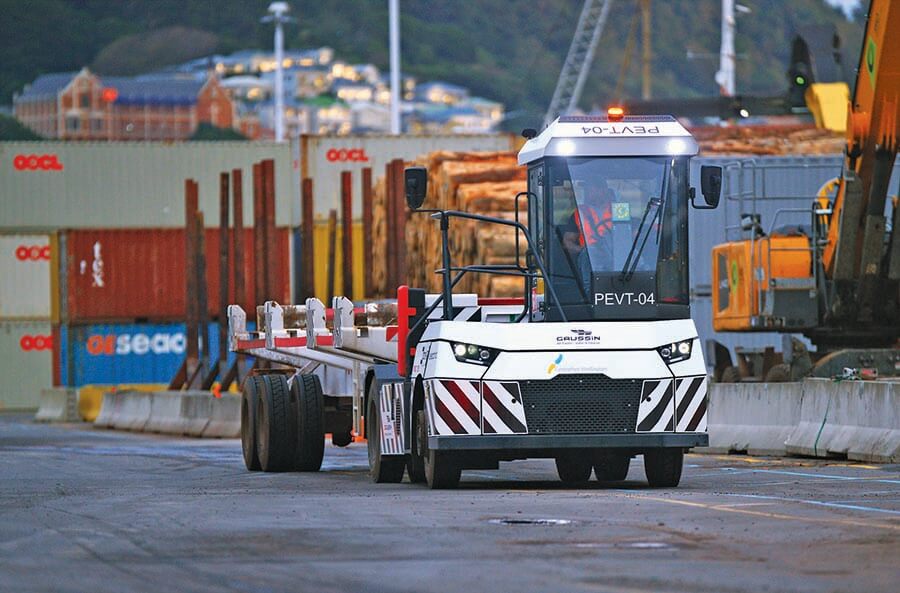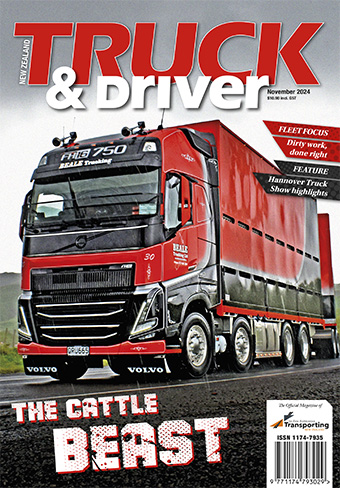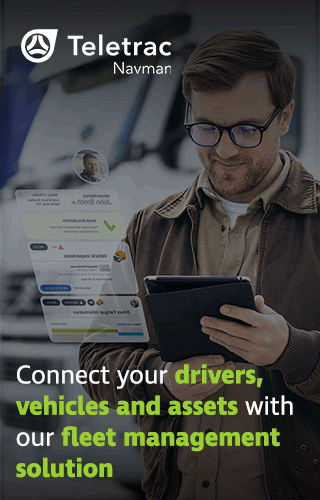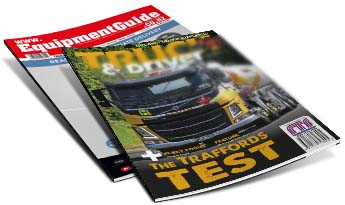Aeolus Truck & Driver News


CentrePort making emissions drive
Aeolus Truck & Driver News
Hydrogen fuel-cell electric trucks will play a role in the next phase of CentrePort Wellington’s efforts to reduce its carbon emissions.
CentrePort CEO Anthony Delaney says two new Hyzon fuel-cell electric trucks will be completing container movements around the lower North Island starting from early 2023. The move sees CentrePort participating in the Hiringa Energy, Waitomo Group and TR Group hydrogen trial.
Committing to early adoption of hydrogen continues recent efforts from the port to reduce carbon emissions across its operations.
“Ports have a lot of carbon generating machinery like tugs, pilot boats and container handling plant,” says Mr Delaney.
“Our journey is to see how can we transition to being more sustainable as a business. But with the requirement to be both sustainable and resilient.
“It’s not about a few hydrogen trucks. It’s a shift of mindset to reducing carbon emissions, limiting waste and recycling materials,” he says.
...Hydrogen fuel-cell electric trucks will play a role in the next phase of CentrePort Wellington’s efforts to reduce its carbon emissions.
CentrePort CEO Anthony Delaney says two new Hyzon fuel-cell electric trucks will be completing container movements around the lower North Island starting from early 2023. The move sees CentrePort participating in the Hiringa Energy, Waitomo Group and TR Group hydrogen trial.
Committing to early adoption of hydrogen continues recent efforts from the port to reduce carbon emissions across its operations.
“Ports have a lot of carbon generating machinery like tugs, pilot boats and container handling plant,” says Mr Delaney.
“Our journey is to see how can we transition to being more sustainable as a business. But with the requirement to be both sustainable and resilient.
“It’s not about a few hydrogen trucks. It’s a shift of mindset to reducing carbon emissions, limiting waste and recycling materials,” he says.
Delaney points to damage caused in Wellington by the 2016 Kaikoura earthquake as a turning point for the port. Faced with uneven ground it sought an alternative to staddle units for container movements and now operates seven battery-swap electric truck and trailer IMV (Internal Movement Vehicle) units from French company Gaussin for container movements inside the port.
The port has also concentrated on multi-modal transport and moved 48,000 TEU of containers by rail last year. It has also made use of 200,000 tonnes of concrete from the demolished BNZ building for construction works.
“We have are more holistic in how we manage waste,” Mr Delaney says.
The port sees hydrogen as another part of its sustainability journey.
“We have a lot of eggs in one basket [the electric trucks] so we began to look at hydrogen and how we could use it, both inside and outside of the port,” says Delaney.
“One way is to look at repositioning the empty boxes [containers] to where they are needed to be filled in the most efficient manner - whether that’s by road or rail.
“With hydrogen refuelling becoming available in Palmerston North later this year, a triangular run between Wellington, Whanganui and Palmerston North becomes feasible.”
Once hydrogen refuelling is available in the Marlborough region, Delaney says hydrogen fuel cell trucks could also be used to shuttle freight between Picton and the recently announced Riverlands freight hub on the outskirts of Blenheim.
“We’ll be one of the first operations to receive the Hyzon trucks. I expect we’ll start with both trucks in the North Island,” Mr Delaney says.
“We have embarked on a journey to improve our carbon profile. What we have learned from the electric trucks is that it would be easy to sit back and wait but you’ve got to be in there and putting new technologies to work. And once you do that you discover it’s really quite cool.”




 + EQUIPMENT GUIDE - FREE
+ EQUIPMENT GUIDE - FREE
